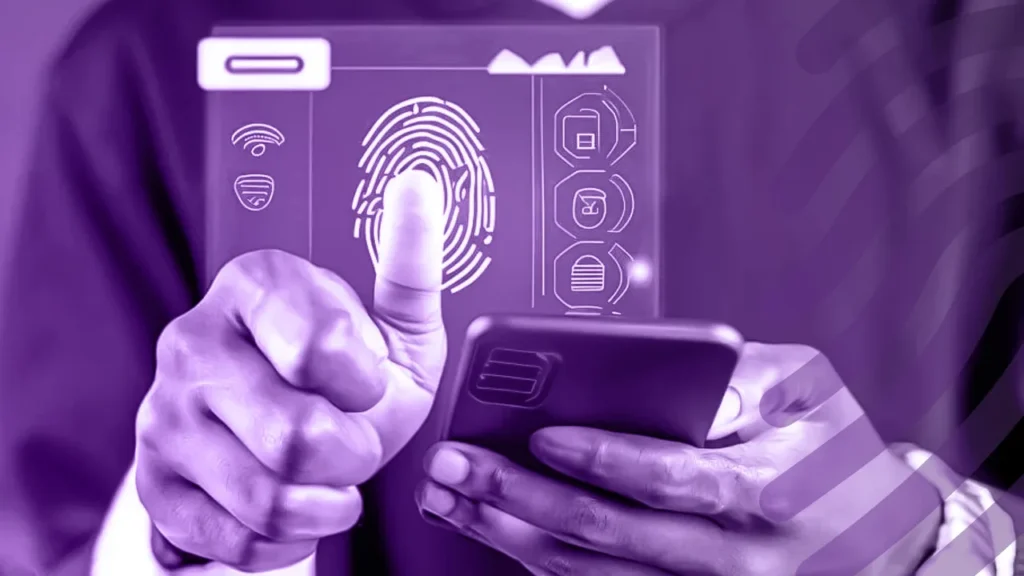Introduction: The Shift Toward Biometric Security
In a world of increasing online transactions and digital interactions, the demand for secure, foolproof identity verification is higher than ever. Passwords and PINs, while useful, are no longer enough to protect against sophisticated fraud attempts. This is where biometric confirmation comes into play leveraging unique human traits like fingerprints, facial recognition, and iris scans to ensure that transactions are safe and secure.
From mobile banking to eCommerce, biometric verification systems are rapidly becoming the gold standard in transaction authentication.
What is Biometric Confirmation?
Biometric confirmation is the process of verifying a person’s identity based on their unique physical or behavioral characteristics. Unlike passwords or codes, biometric identifiers cannot be easily shared, stolen, or guessed.
Common biometric modalities include:
- Fingerprint Scanning — Used in smartphones, ATMs, and secure access points
- Facial Recognition — Popular in mobile payments and airport security
- Iris or Retina Scans — Extremely accurate for high-security environments
- Voice Recognition — Increasingly used in customer service authentication
Why Biometric Verification is Critical for Secure Transactions
Cybercriminals are continuously evolving their tactics. Data breaches, phishing scams, and account takeovers have become common threats. Biometric confirmation addresses these risks by:
- Offering Higher Accuracy — Biometric data is unique to each person, making impersonation difficult
- Reducing Fraud — Eliminates the reliance on stolen credentials
- Enhancing User Experience — Faster authentication compared to passwords
- Meeting Regulatory Standards — Supports compliance with global AML and KYC regulations
Applications of Biometric Confirmation in Transactions
1. Mobile Banking and Digital Wallets
Banks and fintech platforms integrate biometric confirmation into mobile apps, allowing users to approve payments with a fingerprint or facial scan.
2. eCommerce Checkout Security
Online stores use biometric verification for high-value purchases to reduce fraudulent transactions.
3. Cryptocurrency Exchanges
With crypto being a high-risk sector, biometric verification helps secure accounts and prevent unauthorized withdrawals.
4. Corporate and Government Payments
From payroll disbursements to social benefit payments, biometrics ensure that funds reach the correct individual.
The Technology Behind Biometric Systems
Modern biometric verification systems use a combination of:
- AI-Powered Image Recognition — To match live biometric data with stored templates
- Liveness Detection — To prevent spoofing with photos, videos, or masks
- Encryption and Secure Storage — To keep biometric data safe from breaches
- Multi-Factor Authentication (MFA) — Combining biometrics with passwords or OTPs for added security
Advantages of Biometric Confirmation Over Traditional Methods
| Traditional Authentication | Biometric Confirmation |
| Passwords can be guessed or stolen | Biometrics are unique and hard to replicate |
| Users must remember credentials | No memorization required |
| Slower login processes | Instant authentication |
| Vulnerable to phishing | Resistant to phishing attacks |
Challenges and Considerations
While biometric systems are powerful, they also come with considerations:
- Privacy Concerns — Storing sensitive biometric data requires robust security measures
- False Positives/Negatives — Though rare, errors can occur
- Hardware Limitations — Not all devices have biometric capabilities
- Regulatory Compliance — Different regions have strict rules on biometric data usage
A responsible implementation requires balancing convenience, privacy, and compliance.
Best Practices for Implementing Biometric Verification Systems
- Use Multi-Layer Security — Combine biometric confirmation with encryption and MFA.
- Ensure Liveness Detection — To stop spoofing attempts.
- Regularly Update Software — Patch vulnerabilities and improve accuracy.
- Comply with Data Protection Laws — Adhere to GDPR, CCPA, and local privacy regulations.
- Educate Users — Inform them about how their biometric data will be used and stored.
Future of Biometric Confirmation in Transactions
The future will likely see:
- Integration with Wearables — Smartwatches and AR glasses with built-in biometric sensors
- Behavioral Biometrics — Recognizing users by typing patterns or walking styles
- Global Standardization — Cross-border interoperability of biometric systems
As AI and IoT advance, biometric confirmation will become even more seamless, secure, and widely adopted.
Conclusion: Building Trust Through Biometric Security
In the fight against fraud and cybercrime, biometric confirmation stands as a powerful ally. By making transactions more secure, faster, and user-friendly, biometric verification systems are setting a new standard for digital trust.
For industries handling sensitive payments or high-value transactions, integrating biometric confirmation isn’t just a security upgrade it’s a necessity for future-proofing operations.






